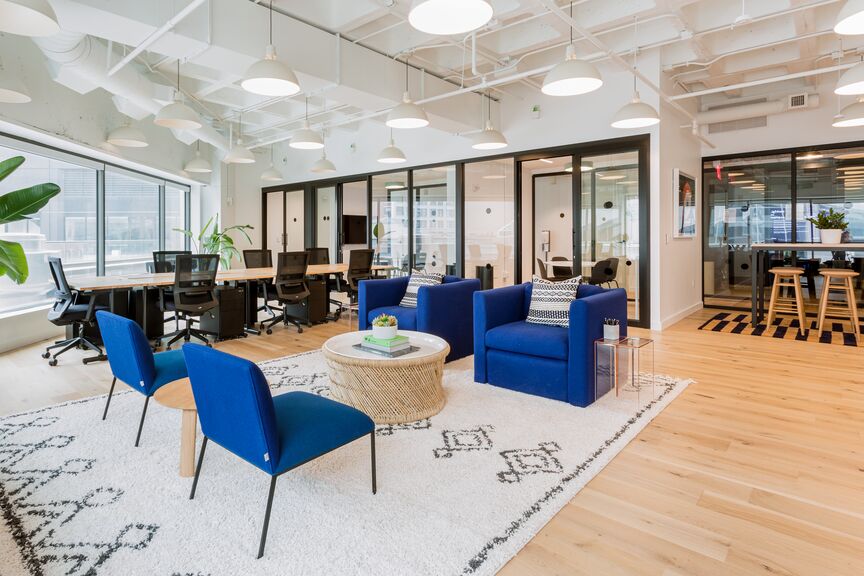Design for Environment Definition
Das Eulerpool Wirtschaftslexikon definiert den Begriff Design for Environment für Deutschland.

Lakukan investasi terbaik dalam hidupmu
Mulai dari 2 € 


Design for Environment (DfE), or Umweltdesign in German, is a strategic approach that aims to integrate environmental considerations into the design and development of products, processes, and systems.
This concept encompasses the entire product lifecycle, from the extraction of raw materials to the disposal or recycling of the end product. Implemeting DfE involves the use of innovative design techniques, technologies, and materials that minimize the negative environmental impacts associated with a product or process. It seeks to achieve a sustainable balance between ecological, economic, and social factors. One of the primary goals of DfE is to reduce the consumption of resources and energy during the manufacturing stage. This can be achieved through the adoption of lightweight materials, efficient production methods, and the integration of renewable energy sources. By optimizing the design, products can be manufactured with fewer materials and energy requirements, resulting in reduced carbon emissions and a lower ecological footprint. Furthermore, DfE emphasizes the importance of selecting environmentally friendly materials that can be easily recycled or disposed of without causing harm to the environment. This involves considering factors such as biodegradability, recyclability, and the presence of hazardous substances in the material composition. In addition to minimizing negative impacts, DfE also encourages the incorporation of positive environmental attributes into products. Examples include the use of eco-friendly materials, energy-efficient features, and the facilitation of product repair, reusability, or upgradability. By integrating DfE principles into the design process, companies can gain a competitive advantage by meeting evolving market demands for environmentally conscious products. Consumers are increasingly prioritizing sustainability when making purchasing decisions, and products designed with the environment in mind are more likely to appeal to these conscious customers. The implementation of DfE can also lead to cost savings for companies in the long run. By optimizing design and material choices, companies can reduce production costs, improve energy efficiency, and lessen waste generation. Moreover, adherence to environmental regulations and standards can protect companies from potential fines and penalties. In conclusion, Design for Environment is a comprehensive approach that ensures the integration of sustainability principles into the design and development of products, processes, and systems. By considering environmental factors throughout the entire product lifecycle, companies can create innovative, eco-friendly products that benefit both the environment and their bottom line. At Eulerpool.com, we aim to provide investors in capital markets with a comprehensive glossary that covers essential terms in stocks, loans, bonds, money markets, and crypto. Our glossary is designed to be a valuable resource for both beginners and professionals in the finance industry. Stay tuned for the launch of our glossary on Eulerpool.com, where you will find accurate, reliable, and up-to-date information to enhance your understanding of the complex world of finance.Beurlaubung
Beurlaubung ist ein Begriff, der im Bereich der Kapitalmärkte verwendet wird, insbesondere wenn es um den Handel mit Aktien, Anleihen, Darlehen, Geldmärkten und Kryptowährungen geht. In Bezug auf den Handel...
Umsatzanalyse
Umsatzanalyse ist eine entscheidende Methode zur Beurteilung der finanziellen Leistung eines Unternehmens. Sie bezieht sich auf die systematische Untersuchung der Umsatzdaten und -trends eines Unternehmens, um wertvolle Erkenntnisse über sein...
Anweisung
Eine Anweisung bezeichnet im Finanzwesen eine Anordnung oder Aufforderung, die einem Finanzinstitut gegeben wird, um eine bestimmte Transaktion oder Handlung auszuführen. Diese Anweisungen werden üblicherweise in schriftlicher Form erteilt und...
Land- und Forstwirtschaft
Die Land- und Forstwirtschaft umfasst die wirtschaftlichen Aktivitäten, die mit der Nutzung von Land und Wald zur Erzeugung von landwirtschaftlichen Produkten, Holz und anderen natürlichen Ressourcen verbunden sind. In diesem...
Versicherungsombudsmann e.V.
Der Versicherungsombudsmann e.V. ist eine unabhängige Schlichtungsstelle für Streitigkeiten zwischen Verbrauchern und Versicherungsunternehmen in Deutschland. Das zentrale Ziel des Versicherungsombudsmanns besteht darin, eine außergerichtliche und faire Lösung für Kunden zu...
MBO
MBO steht für Management-Buy-out und repräsentiert eine bedeutsame strategische Transaktion, bei der das bestehende Managementteam eines Unternehmens den Erwerb aller oder eines bedeutenden Teils der Unternehmensanteile mittels einer eigenen Investition...
Middling
"Mittelmäßig" ist ein Begriff, der häufig im Bereich der Kapitalmärkte verwendet wird, insbesondere beim Investieren in Aktien, Anleihen, Geldmärkte und Kryptowährungen. Es bezieht sich auf Wertpapiere oder Finanzinstrumente, die weder...
flexible inflation targeting
Flexible Inflationszielsetzung ist ein geldpolitischer Ansatz, bei dem die Zentralbank eines Landes ihre Geldpolitik anpasst, um sowohl die Inflation als auch die wirtschaftlichen Bedingungen zu stabilisieren. Im Gegensatz zu einer...
Zulassungsberufung
Zulassungsberufung ist ein rechtlicher Prozess, bei dem eine Partei gegen eine Entscheidung oder einen Beschluss eines Verwaltungsorgans Berufung einlegt, um eine Zulassung oder Lizenz zu erlangen. Diese Zulassungen oder Lizenzen...
Geldangebot
Geldangebot bezieht sich auf das gesamte Angebot an Geld in einer Volkswirtschaft zu einem bestimmten Zeitpunkt. Es gibt verschiedene Faktoren, die das Geldangebot beeinflussen, darunter die Geldpolitik der Zentralbank, die...